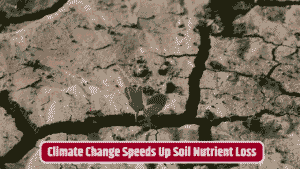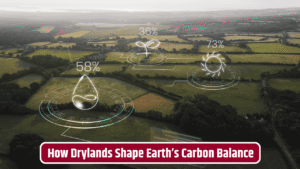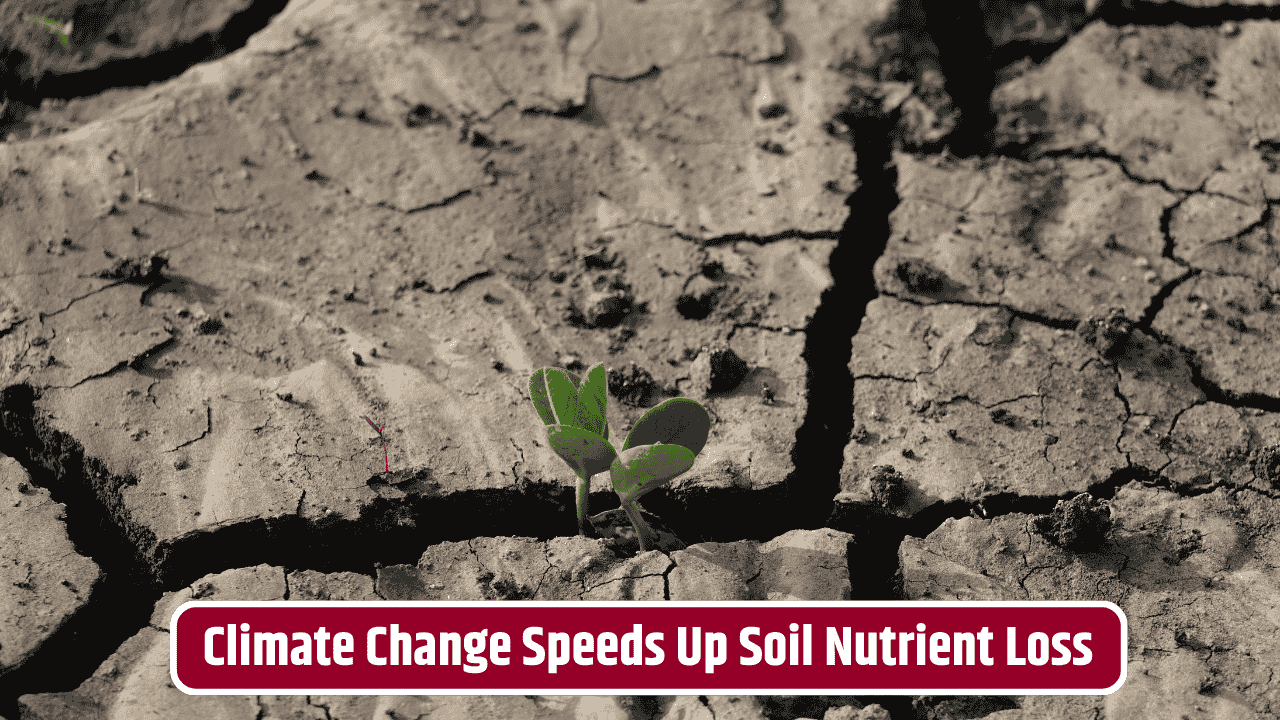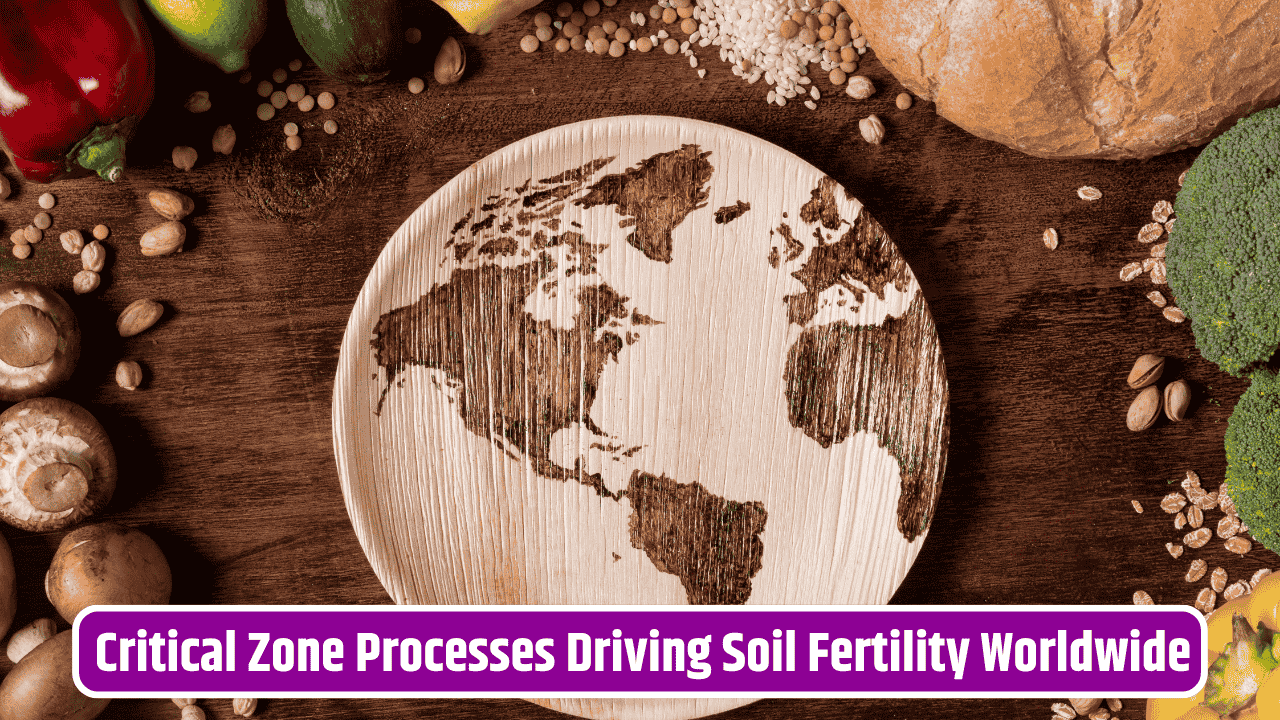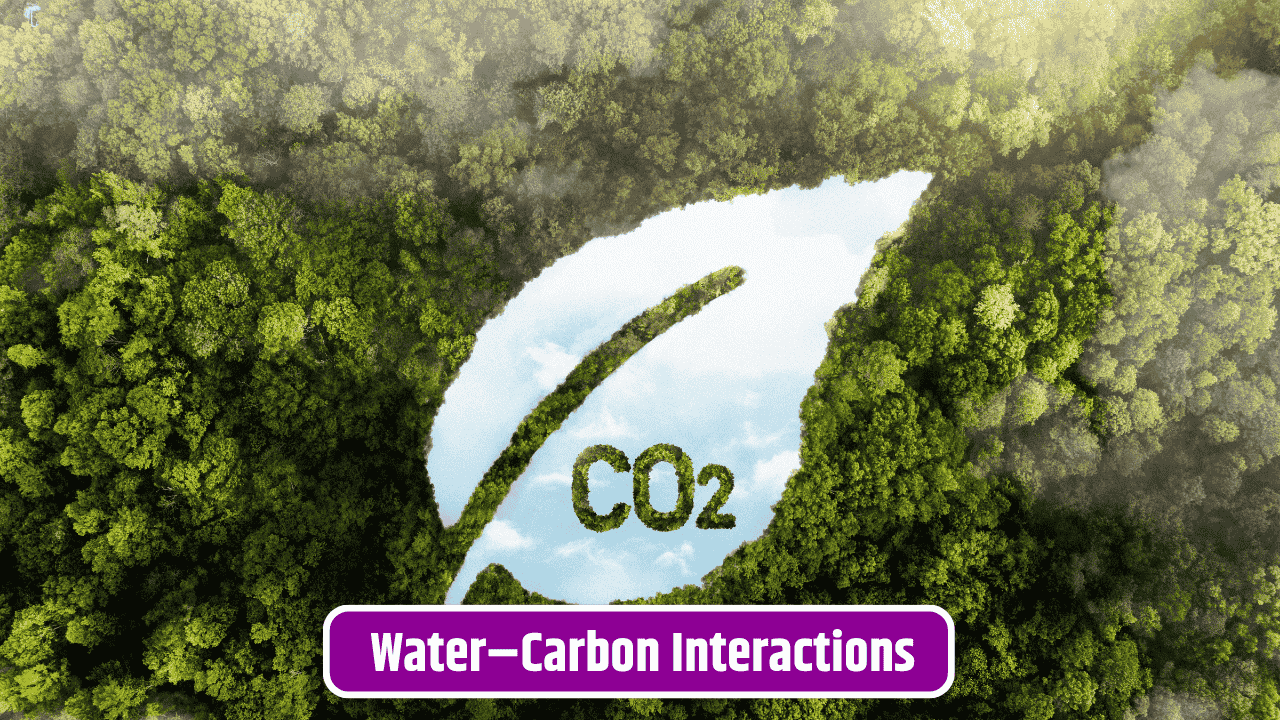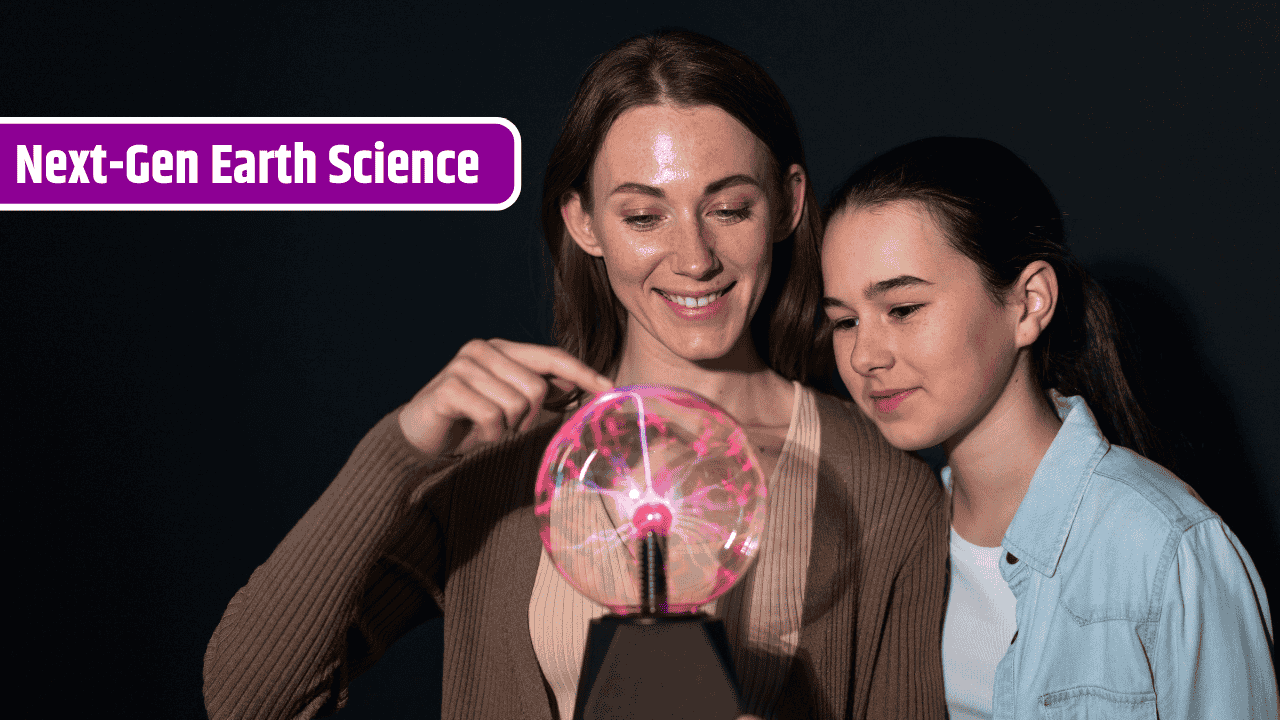Walk through any park cleanup drive or scroll through community Facebook groups, and you’ll notice something interesting: regular folks—teachers, retirees, even teenagers—are increasingly stepping into roles once reserved for lab-coated scientists. From tracking bird migrations to logging air quality on phone apps, citizens are now becoming crucial partners in environmental research. And it’s not just about feel-good volunteering; their work is reshaping how we understand and respond to climate change, pollution, and biodiversity loss.
Table of Contents
Why Citizen Science Matters
Environmental science used to be a pretty closed-door affair. A handful of researchers gathered data, analyzed it in controlled environments, and then published findings months (or years) later. But today, thanks to smartphones, cheap sensors, and the sheer scale of global challenges, researchers are realizing they need boots on the ground—and those boots belong to everyday people.
Take bird counts for instance. The annual Audubon Christmas Bird Count, running since 1900, now engages tens of thousands of volunteers across North America. The resulting dataset is one of the longest-running wildlife surveys in the world, directly influencing conservation policies in the U.S. and Canada. This shows how public involvement creates massive data sets scientists alone could never manage.
How Citizens Are Helping in Practice
The beauty of public engagement is that it takes many forms. Some projects are hyper-local, while others span the globe.
| Type of Project | What Citizens Do | Real-World Impact |
|---|---|---|
| Wildlife Monitoring | Log animal sightings, track migration, record sounds | Helps identify species decline or spread of invasive species |
| Air & Water Quality | Use portable sensors or apps to measure pollutants | Data supports EPA regulations and city planning |
| Climate Tracking | Record local weather, soil moisture, or ice cover | Strengthens climate models and early warning systems |
| Plastic & Litter Surveys | Document trash collected from coasts/rivers | Informs global waste reduction policies |
One standout example is iNaturalist, a joint initiative between the California Academy of Sciences and National Geographic. With over 150 million recorded observations worldwide, it’s basically a giant crowdsourced biodiversity map. The U.S. Geological Survey and even the Environmental Protection Agency (EPA) often reference citizen-sourced data in shaping their strategies.
The Benefits for Science and Society
Researchers gain access to enormous datasets, often in real time, which would otherwise be impossible due to limited funding or staff. Citizens, on the other hand, get a sense of ownership in tackling environmental issues. There’s also a subtle cultural shift at play: when people actively contribute, they’re more likely to change personal habits—say, reducing plastic use or advocating for cleaner public transport.
Another benefit is education. A kid helping her dad collect soil samples for a local university isn’t just assisting science; she’s learning about ecosystems firsthand. That early exposure could spark the next generation of climate scientists.
Challenges and Criticisms
Of course, it’s not all sunshine and compost bins. Critics argue that volunteer data can sometimes be inconsistent or inaccurate. Researchers have to spend time verifying inputs, which slows down analysis. Others point out equity issues—not everyone has access to smartphones, internet, or free time to contribute.
Still, many organizations are finding clever solutions. Quality-control algorithms, training workshops, and “gamified” apps help improve accuracy and engagement. Agencies like NOAA and NASA’s Citizen Science programs also provide open platforms with clear protocols, ensuring reliability while keeping participation inclusive.
The Bigger Picture
Public engagement in environmental science isn’t just a trend; it’s becoming a necessity. Climate change, pollution, and biodiversity loss are problems too large for scientists to tackle in isolation. By opening the door to citizen contributions, we’re creating a hybrid model of research—where local knowledge and global data converge.
And maybe that’s the quiet revolution here. Science is no longer a distant thing done in faraway labs. It’s happening in backyards, beaches, schoolyards, and smartphones. That blurring of lines between experts and the public could be exactly what we need to face the ecological crises of the 21st century.
FAQs
What is citizen science in environmental research?
It’s when everyday people collect data or make observations that support scientific studies, often guided by professional researchers.
How can I get involved in environmental citizen science?
You can join local initiatives, download apps like iNaturalist, or check programs on platforms like CitizenScience.gov.
Is citizen-sourced data reliable?
Yes, though researchers usually apply verification methods and quality controls to filter out errors.
Do governments use citizen-collected data?
What are some global citizen science projects?
Examples include eBird, iNaturalist, Globe at Night (light pollution), and EarthEcho’s water monitoring initiative.


